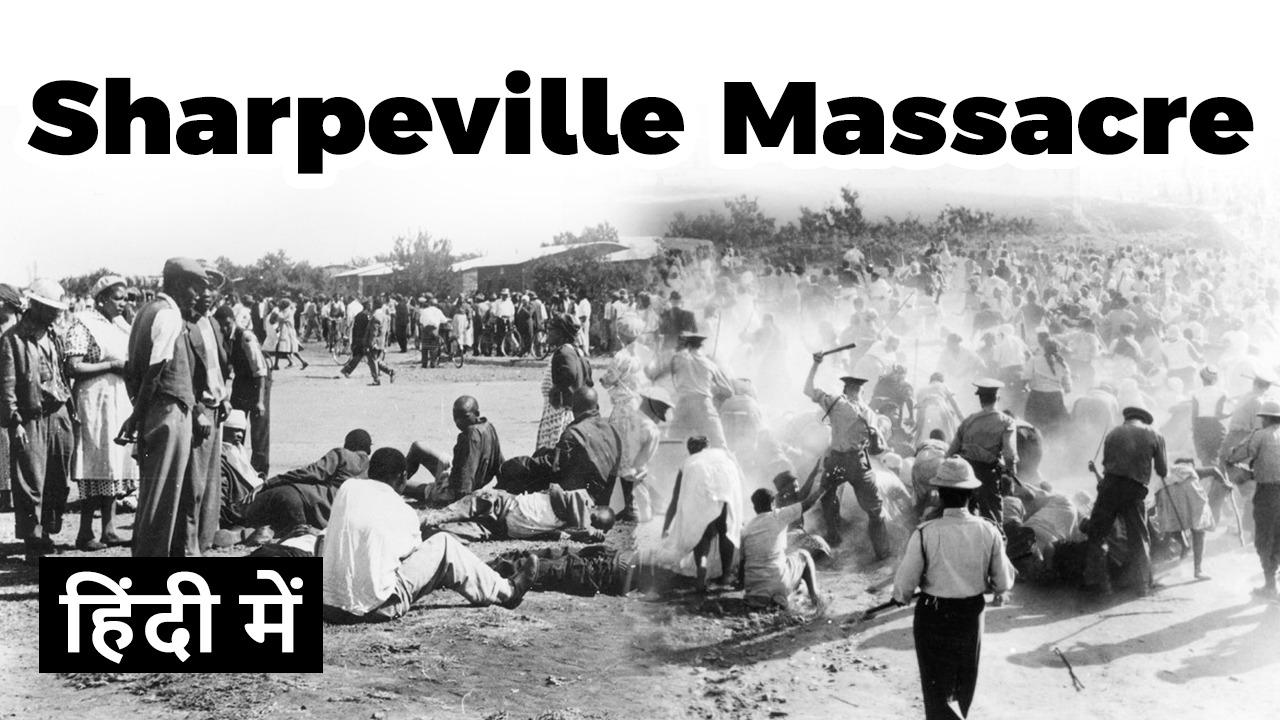Table of Contents
BACKGROUND
- Sharpeville was first built in 1943 to replace Topville. Due to the illness, removals from Topville finally began in 1958.
- Approximately 10,000 Africans were forcibly removed to Sharpeville. Sharpeville had a high rate of unemployment as well as high crime rates.
- There were also youth problems because of how many children joined gangs and were affiliated with crimes instead of schools.
BACKGROUND
- South African governments since the eighteenth century had enacted measures to restrict the flow of black South Africans into cities.
- Under the country’s National Party government, black residents in urban districts were subject to influx control measures.
- Individuals over sixteen were required to carry passbooks.The African National Congress (ANC) prepared to initiate a campaign of protests against pass laws. These protests were to begin on 31 March 1960.

POLITICS
- In 1952, the Native Laws Amendment Act was passed, which normalized the use of passes by Africans. Instead of carrying pass books, Africans were told to carry reference books.
- Moreover, if the reference books were not carried then it would be considered a criminal offense. On March 21, 1960, the ANC called for a series of anti-pass law protests.
- In 1958, the Pan Africanist Congress (PAC) was formed out of dissatisfaction due to the internationalist approach to the African National Congress (ANC) as well as the imprisonment of many ANC leaders.
PROTESTS
- Robert Sobukwe became the leader of the PAC and was also the editor of the African journal called Beware that advocated protest and non-cooperation aimed towards the whites.
- The demonstrations consisted of peaceful protests demanding arrest for not carrying passes; however, the police refused to arrest the crowd due to the large amount of demonstrators.
- The trigger for the massacre came when a drunken demonstrator named Geelbooi Mofokeng fired a pistol in the air.
MASSACRE
- The police started firing at the crowd. In the massacre, 69 people were killed and 200 were injured, many died later from their wounds.
- Out of the people that were either injured or shot, 70% of the people were shot in the back as they were running away from the firing.
- On 21 March, a group of between 5,000 and 10,000 people converged on the local police station in the township of Sharpeville, offering themselves up for arrest for not carrying their passbooks.

MASSACRE
- By 10:00, a large crowd had gathered, and the atmosphere was initially peaceful and festive. Fewer than 20 police officers were present in the station at the start of the protest.
- Later the crowd grew to about 20,000, and the mood was described as “ugly”,prompting about 130 police reinforcements.
- At about 13:00 the police tried to arrest a protester, and the crowd surged forward.The shooting began shortly thereafter.
MASSACRE
- The official figure is that 69 people were killed, including 8 women and 10 children, and 180 injured, including 31 women and 19 children. Many were shot in the back as they turned to flee, causing some to be paralyzed.
- The uproar among South Africa’s black population was immediate, and the following week saw demonstrations, protest marches, strikes, and riots around the country.
- On 30 March 1960, the government declared a state of emergency.A storm of international protest followed the Sharpeville shootings, including sympathetic demonstrations in many countries and condemnation by the United Nations.
World History | Free PDF






















 WhatsApp
WhatsApp